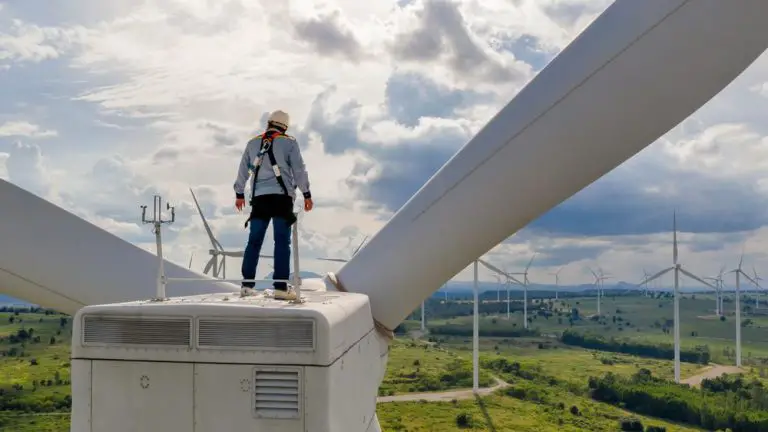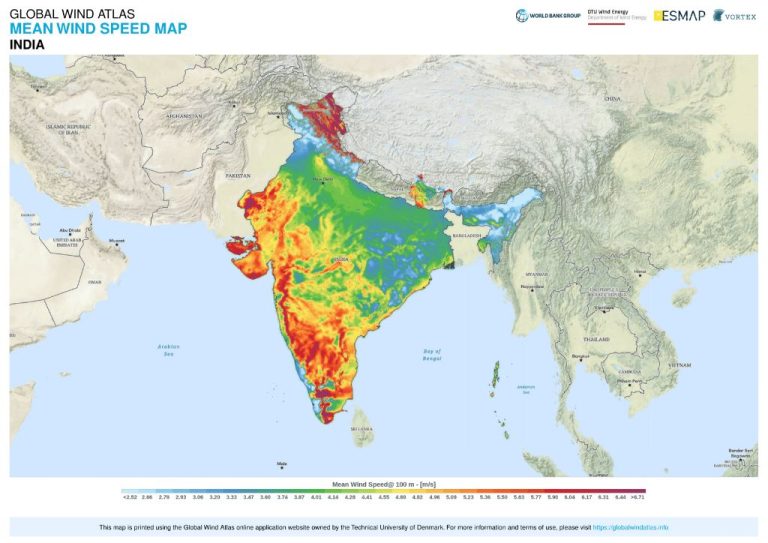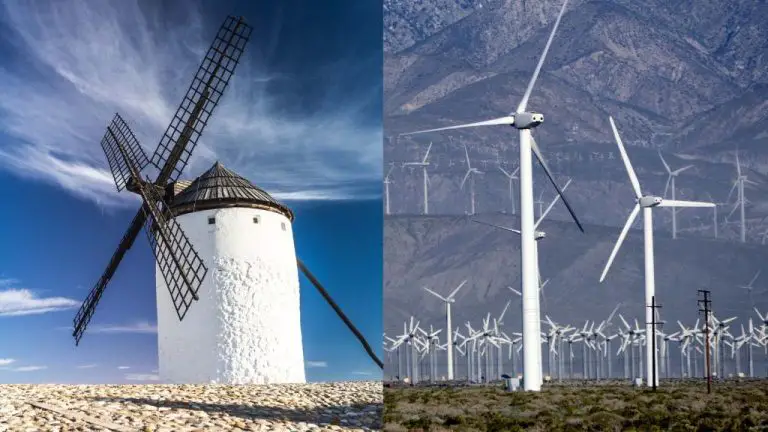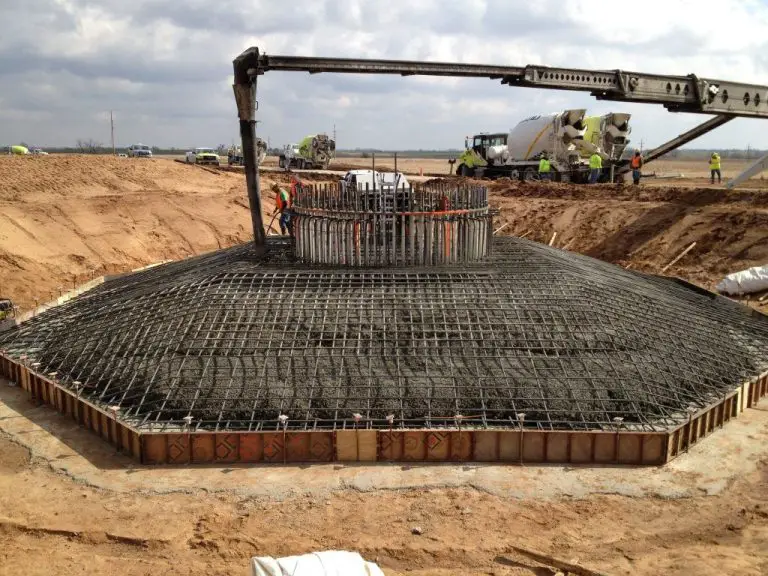Is Wind Energy Better Than Natural Gas?
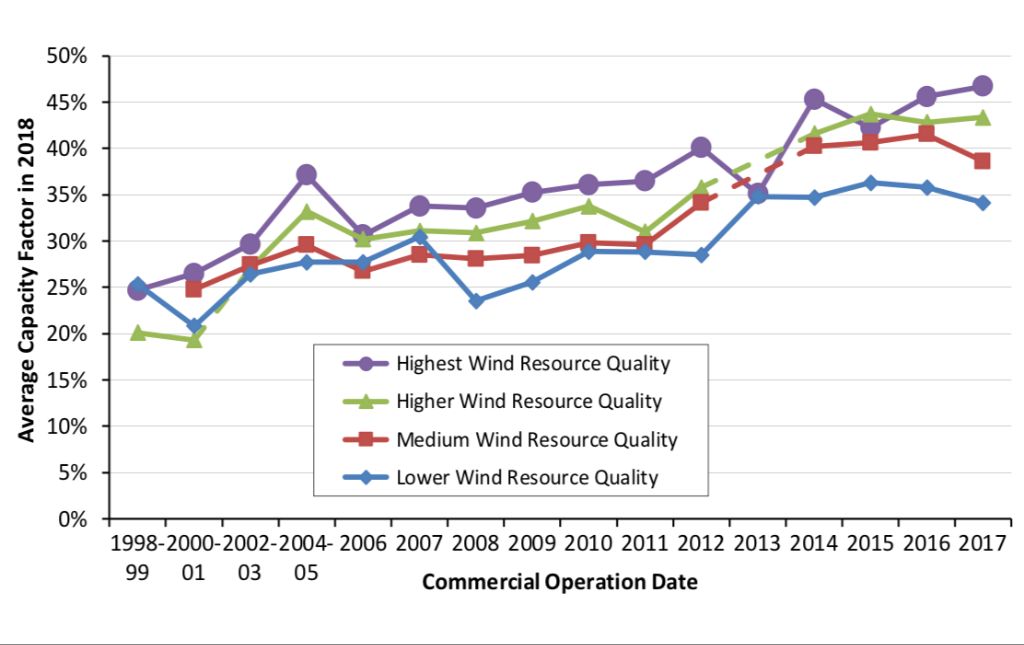
The world faces a critical need to transition to renewable energy sources that can reduce greenhouse gas emissions and mitigate climate change. Two major options for energy production are wind and natural gas. Wind energy comes from an unlimited, clean source and produces no emissions. Natural gas burns cleaner than coal or oil, but still results in emissions. While wind energy has clear environmental advantages, natural gas currently plays an important and growing role in energy production. This article examines the costs, reliability, environmental impacts, energy security, and future outlook of wind versus natural gas. It aims to provide a balanced comparison of the pros and cons, and assess whether wind energy is definitively better than natural gas.
Wind Energy Overview
Wind turbines generate electricity by harnessing the kinetic energy of the wind and converting it into electrical energy. The wind turns two or three propeller-like blades around a rotor. The rotor connects to the generator shaft, which spins a generator to create electricity.
As the wind blows across the blades, the aerodynamic lift and drag created by the shape of the blades forces them to rotate. The rotational speed of the blades and rotor is increased through gearing to match the optimal speed required by the generator. The generator uses magnetic fields to convert the rotational mechanical energy into electric current. The electricity is then sent through transmission and distribution lines to homes, businesses, schools, and other consumers.
Modern commercial turbines can reach heights of over 90 meters, with rotor diameters exceeding 120 meters. The taller the tower and larger the blades, the more wind energy that can be captured. One utility-scale wind turbine can produce enough electricity to power around 500 homes.
As noted by the U.S. Department of Energy, “Wind turbines operate on a simple principle. The energy in the wind turns two or three propeller-like blades around a rotor. The rotor is connected to the main shaft, which spins a generator to create electricity.” (https://www.energy.gov/eere/wind/how-do-wind-turbines-work)
Natural Gas Overview
Natural gas is a fossil fuel that is formed underground from ancient organic material such as plants and animals. It is primarily composed of methane and is extracted from underground reservoirs or shale formations through drilling. Hydraulic fracturing, also known as fracking, is a technique often used to release natural gas trapped in shale formations. Once extracted, natural gas needs to be processed to remove impurities before it can be used.
Natural gas is an important source for generating electricity in the United States. According to the U.S. Energy Information Administration, natural gas fueled about 38% of utility-scale electricity generation in 2019. To generate electricity, natural gas is burned in a gas turbine or steam boiler which drives a generator that converts the mechanical energy into electrical energy. The heat from burning natural gas produces steam that spins a turbine and activates the generator. Natural gas power plants are efficient, flexible to meet shifts in electricity demand, and emit 50% less carbon dioxide when combusted compared to coal. However, natural gas is still a fossil fuel that emits carbon when burned.
Some key references on using natural gas to produce electricity:
https://www.sapphiregassolutions.com/blog/tag/electricity/
https://www.powerwizard.com/blog/texas-electricity-shortage/
Cost Comparison
When evaluating wind power and natural gas on costs, both the installed costs and operating costs need to be considered. Installed costs refer to the upfront investment required to build and connect a new power plant. Operating costs are the ongoing costs to run and maintain the plant.
On installed costs, wind power plants require significant upfront investment to purchase and install turbines and connect them to the grid. The levelized cost of energy (LCOE) for new wind plants ranges from $30-60 per MWh. This is higher than the installed cost for new natural gas power plants, which can be built for around $20-40 per MWh.
However, wind power benefits from extremely low operating costs, as the “fuel” is free. Maintenance costs for wind turbines are estimated at around $10-15 per MWh. By comparison, natural gas power plants have significant ongoing fuel costs in addition to maintenance costs. The fuel cost alone for natural gas plants is around $20-40 per MWh.
So while natural gas plants are cheaper to build, their total lifetime costs end up being similar to wind plants due to wind’s lower operating expenses. In some cases wind can even be cheaper over the full lifecycle, but it depends on the specifics of each project.
Reliability
When comparing the reliability of wind energy and natural gas, there are two key factors to consider: capacity factors and dispatchability. The capacity factor refers to how much energy a power plant actually produces compared to its maximum potential output. According to the U.S. Energy Information Administration, the average capacity factor for onshore wind farms is around 35%, compared to 56% for combined cycle natural gas power plants (Source 1). This means natural gas plants produce more of their potential output consistently.
Dispatchability refers to how easily power output can be increased or decreased to match demand. Natural gas plants are very dispatchable and can ramp production up or down quickly as needed. The intermittent nature of wind makes it less dispatchable, requiring backup power sources when the wind isn’t blowing. Grid operators use natural gas plants to help fill in these gaps. Advances in energy storage may improve wind’s dispatchability in the future.
Overall, natural gas provides more reliable baseload power generation compared to wind due to higher capacity factors and greater dispatchability. However, continuing growth in renewable energy will require increasing amounts of flexible natural gas capacity to balance supply and demand.
Environmental Impact
When comparing the environmental impact of wind energy and natural gas, one of the biggest considerations is carbon emissions. Burning natural gas for electricity emits around 0.6 to 2 pounds of carbon dioxide equivalent per kilowatt-hour, while wind turbines emit virtually no carbon emissions during operation (EIA). Over the lifetime of a wind farm, which includes materials manufacturing, construction, operation, and decommissioning, the total lifecycle emissions are estimated to be around 11 grams CO2e/kWh. In contrast, natural gas electricity has lifecycle emissions estimated at between 400 to 600 grams CO2e/kWh (Department of Energy).
In terms of land use, wind turbines typically use less than 1% of the total land area of a wind farm for foundations and access roads, allowing the rest to be used for compatible purposes like farming or grazing. Comparatively, natural gas production can have a larger footprint due to drilling pads, access roads, and pipelines. However, vertical wind turbines and offshore wind farms can reduce the land use impact (CRWALL).
Wind turbines can negatively impact wildlife like bats and birds through collisions, as well as disrupt habitats and migration routes. Proper siting, radar tracking, and curtailment during migrations can help minimize risks. Extracting natural gas also fragments habitats, though the impacts are localized drilling areas. Overall, research shows wind energy presents low human health and ecosystem risks compared to fossil fuels (EIA).
Energy Security
When comparing wind energy and natural gas in terms of energy security, a key factor is the domestic availability of fuel sources. Natural gas production in the United States has increased significantly in recent years due to advances in hydraulic fracturing (“fracking”) and horizontal drilling techniques that have unlocked new natural gas reserves in shale formations. The EIA estimates that the U.S. has over 100 years of natural gas reserves at current consumption rates. This domestic abundance improves energy security by reducing vulnerability to supply disruptions caused by international events. In contrast, most wind turbine components like blades, towers and gearboxes are imported from other countries. Only about 25% of wind equipment is manufactured domestically as of 2021. Relying more heavily on wind power could increase exposure to supply chain disruptions stemming from events abroad.
However, proponents of wind power argue that since the “fuel” for wind turbines is the wind itself, which cannot be embargoed or disrupted, it provides a supply security advantage over natural gas. Once built, wind farms can operate independently without ongoing fuel imports or vulnerability to price shocks. Some analysts point to events like the 2021 Texas blackouts and argue that overreliance on natural gas infrastructure led to energy security failures during extreme weather conditions. They propose that investing more in distributed wind and solar resources would provide greater reliability in the face of disruptions.
Future Outlook
Both wind energy and natural gas are projected to see continued growth in the coming decades. According to the U.S. Energy Information Administration, natural gas production is projected to increase through 2050, with much of that growth initially driven by exports 1. Wind power capacity is also expected to grow rapidly, with projections showing wind generation tripling by 2050 1.
Technological improvements are also likely to change the outlook for both energy sources. Advances in turbine technology are allowing for larger wind turbines that can generate more electricity at lower costs. Natural gas exploration and drilling techniques have improved as well, unlocking new supplies and furthering the abundance of cheap natural gas. Overall, both wind and natural gas are poised for growth based on favorable economics and continued technology innovation.
Policy Considerations
Government policies and incentives have significantly impacted the growth of both wind and natural gas energy in the United States. Wind energy production has benefited from federal tax credits such as the production tax credit (PTC) and investment tax credit (ITC), which have helped offset the high upfront costs of wind projects (WindExchange). Many states have also implemented renewable portfolio standards that require utilities to source a certain percentage of their electricity from renewable sources like wind. On the other hand, natural gas production has largely grown due to innovations in hydraulic fracturing and horizontal drilling technologies. However, the natural gas industry has also received federal subsidies in the form of tax breaks. According to an analysis by the Environmental Law Institute, between 2002-2008 the natural gas industry received an average of $2.86 billion per year in tax breaks (Energy5).
While wind energy has benefited from favorable policies, it still faces regulatory hurdles in some regions. Permitting and siting of wind projects can be difficult due to local zoning laws, aviation regulations, and environmental impact concerns. The natural gas industry faces fewer siting issues but more stringent drilling regulations in recent years. Overall, experts argue that policy parity between wind and natural gas has not been achieved. More supportive policies for offshore wind projects in particular could help accelerate its deployment (American Progress).
Conclusion
In summary, both wind energy and natural gas have their advantages and disadvantages when it comes to cost, reliability, environmental impact, and energy security. Wind energy is renewable, clean, and does not emit greenhouse gases. However, it can be intermittent and unreliable at times. Natural gas emits less greenhouse gases than coal or oil, but more than wind. It is relatively low cost and provides steady, reliable energy production. However, natural gas reserves are finite and extracting it can lead to environmental concerns such as methane leaks or fracking-induced earthquakes. Overall, experts tend to agree that continuing to develop both wind and natural gas in the energy mix provides complementary benefits. Wind offers emissions-free energy while natural gas provides stability. Policymakers may consider incentives or regulations to encourage growth in renewable wind power over the long term, while utilizing natural gas to meet energy needs reliably today.

